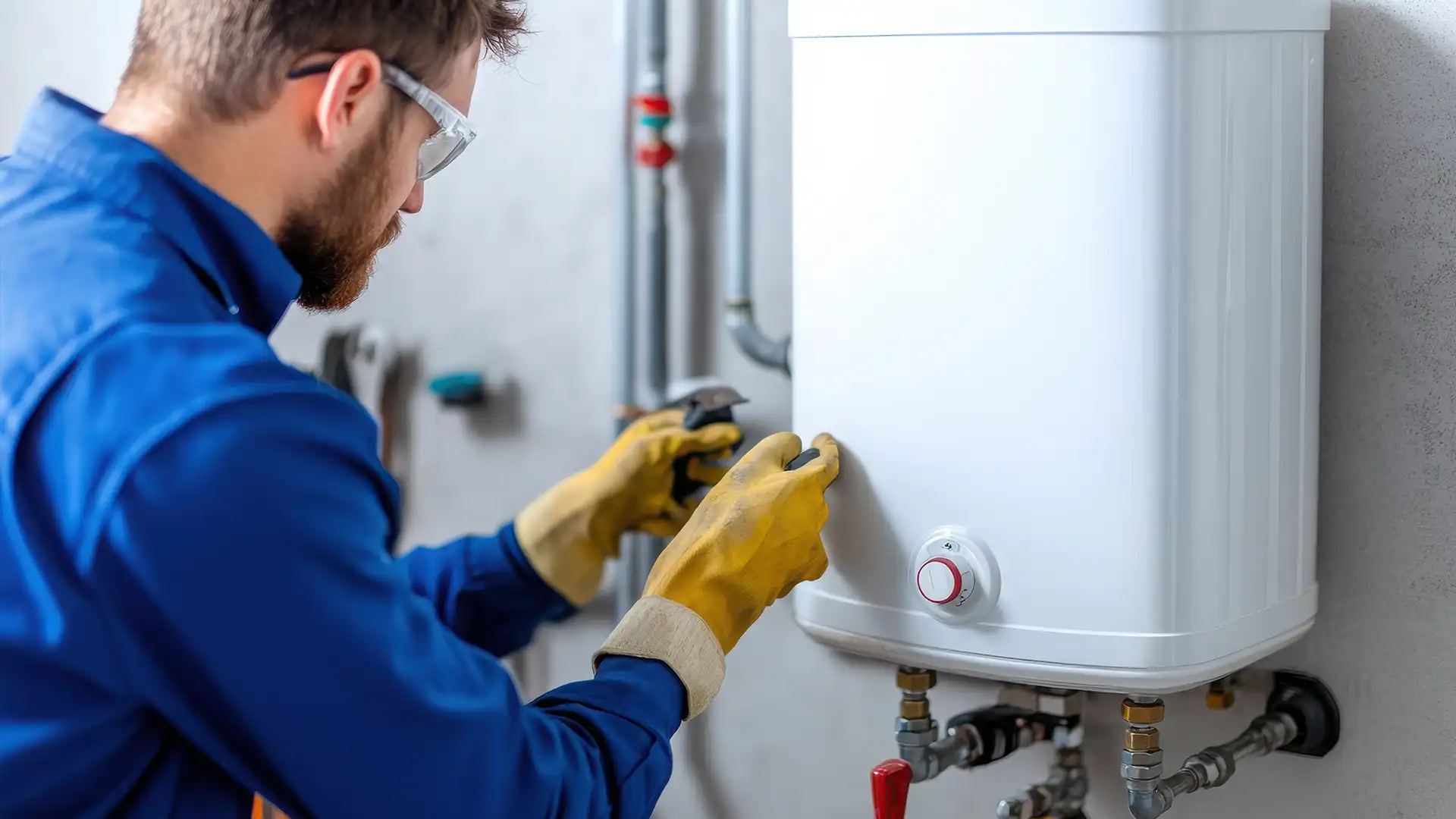Plumbing Maintenance Checklist
It’s important to keep your plumbing system in peak condition. This is because if something goes wrong with your plumbing, it can go really, really wrong. Water leaking can cause a lot of expensive water damage inside the house. Sewage that gets backed up is disgusting to have to clean up. It’s best to avoid such problems in the first place by keeping your plumbing well-maintained.
What Should a Plumbing Maintenance Checklist Include?
The following is a checklist of things you’ll either need to check yourself or hire a professional to check for you:
1. Clean out Drains
Keeping your drains cleaned out can go a long way towards preventing clogs. This should be done every few months and is something a homeowner can typically handle on their own. You should also clean out your drains whenever you notice that water isn’t draining as quickly as it should. A mixture of water and vinegar should shift most clogs and if it doesn’t, it may be time to call in a professional.
2. Clean out the P-Traps

A P-Trap is a u-shaped pipe that connects the drain of the sink either to the sewer system or to a septic tank, depending on where you live. The P-Traps need to be cleaned out the same frequency and in the same manner as the drains themselves.
3. Look for Leaks

Leaks can be costly if they’re not caught and repaired right away. You should check all visible pipes to make sure that water isn’t leaking out of them. You should also regularly check your ceilings and walls near pipes and appliances that are connected to the plumbing system, such as showers, bathtubs, sinks, and toilets, to make sure that there aren’t signs of water damage. Signs of a leak include mold, mildew, and discoloration on the ceilings or walls.
4. Look for Corrosion
While not all of your plumbing system is visible, there are still a number of visible pipes that you can check. Look for corrosion and rust on any sections of pipe that you can see. If you can see such damage on visible pipes, then it’s possible there’s also damage on pipes that aren’t visible. Corrosion indicates a possible leak, so you should contact a professional if you notice such damage to your pipes.
5. Clean the Aerators

An aerator is typically found at the ends of faucets. It’s there to mix water and air together so that the stream of water coming through the faucet is steady and doesn’t splash everywhere. However, calcium can build up on the aerator over time, which can reduce its ability to prevent splashing and also reduce water pressure. When you notice this happening, unscrew the aerator and clean the calcium deposits off of it. Alternatively, you could clean it regularly to prevent the buildup from occurring in the first place.
6. Check Your Toilet Tanks
Every now and again, it’s a good idea to check inside the toilet tank to make sure that everything is working as it should. Take the lid of the tank off and then visually inspect for any signs of damage or wear and tear. It’s a good idea to flush the toilet so that you can watch all of the parts and make sure that everything is functioning smoothly.
7. Keep Your Water Heater Maintained
At least once a year, you should flush your hot water heater. This will remove sediments that can build up over time from the system and keep your hot water heater working more efficiently. If it’s not flushed regularly, then those sediments can build up over time, which will make them a lot more difficult to remove later on. Other maintenance you should do on your water heater includes checking the temperature and pressure release valve and replacing the anode rod when necessary.
8. Check the Water Pressure
If you have low water pressure, that’s usually a sign of a plumbing problem and isn’t something you should just have to learn to deal with. Keep a look out for low water pressure and test your water pressure as needed. It should be between 40-65 psi. If you’re not getting a good amount of water pressure from your shower or faucets, you may have calcium buildup that needs to be cleaned out.
9. Maintain the Sewer Line
Once of the most disgusting plumbing problems is when the sewer line backs up. It’s a good idea to have your sewer line inspected to make sure that it’s not at risk and that tree roots or other obstructions won’t cause a problem. The same goes for if your plumbing system is connected to a septic tank.
10. Call a Professional
There’s a lot of plumbing maintenance that homeowners can do themselves. For example, checking the toilet tanks and inspecting visually for leaks and rust are easy to do. Homeowners can even take on such tasks as unclogging drains. However, if a plumbing problem isn’t resolved by what the homeowner can do, then it’s time to call in a professional. Any time you feel out of your depth with your plumbing is a time to call a professional. A homeowner could cause more damage by trying to fix something they’re not comfortable with.
Should I Have My Plumbing Professionally Inspected?
Typically, it’s also a good idea for homeowners to have their plumbing system professionally inspected periodically. This is because a professional will know what to look for to spot problems before they become large enough to cause costly water damage.
Need to Upgrade an Old HVAC Unit?
Contact us for all your plumbing needs.

